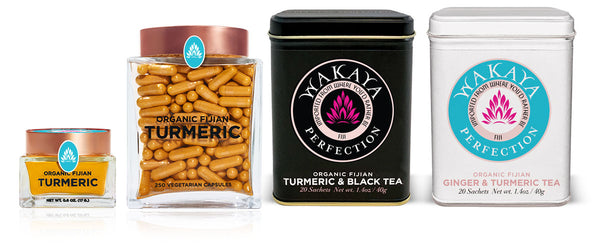Turmeric, the Immune System, and Cancer
Turmeric, known as the golden spice, has been used by humans for over 4,000 years. Used in India’s Vedic culture, it was and still is a staple in Indian cuisine. Today turmeric is grown in tropical regions and is used widely used in many countries. Also known as curcumin, research is discovering the benefits that this ancient spice can offer.
Cancer
Curcumin, much like closely related ginger, offers some compelling benefits when it comes to health. Cancer is an adaptable disease, meaning it learns to bypass the immune system. Cancerous tumors growing in the body are quite adept at disguising themselves, so the immune system does not detect them.
Cancer cells have six biological properties for the development of cancer. Curcumin may be able to inhibit the development of all 6 of these properties and inhibit tumor growth.
T Cells
Curcumin helps suppress the cell degeneration of T cells. T cells are a significant component of the immune system, and they help by attacking and killing infected host cells (such as cancer cells). T cells help regulate the immune system by triggering other cells to react and assisting in the production of cytokines, which help fight off infection.
Curcumin helps suppress tumor growth by prolonging cell survival and by controlling the tumor suppression pathway, death receptor pathway, mitochondrial pathway, and protein kinase pathway. By having control of these pathways, turmeric helps to suppress tumor growth.
One of the tumor cells’ hallmarks is that they have adapted to trick the immune system into thinking they are an ordinary tissue. Turmeric helps target those pathways so that the immune system is activated, recognizes the tumor cells as harmful, and goes to work killing them.
Turmeric is showing great promise in fighting off tumors and boosting the immune system. More research is needed to administer curcumin in a bioavailable way for cancer patients.
Experience our full collection of organic Fijian turmeric products today!
SHOP THE COLLECTION
Sources:


1 comment